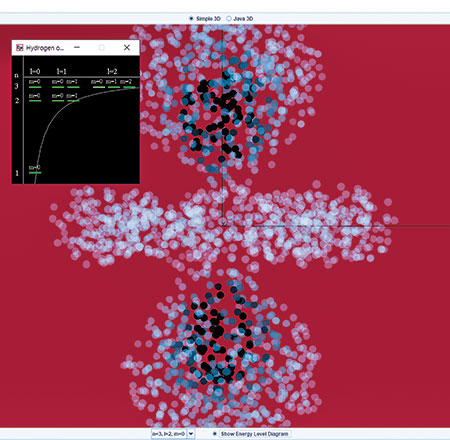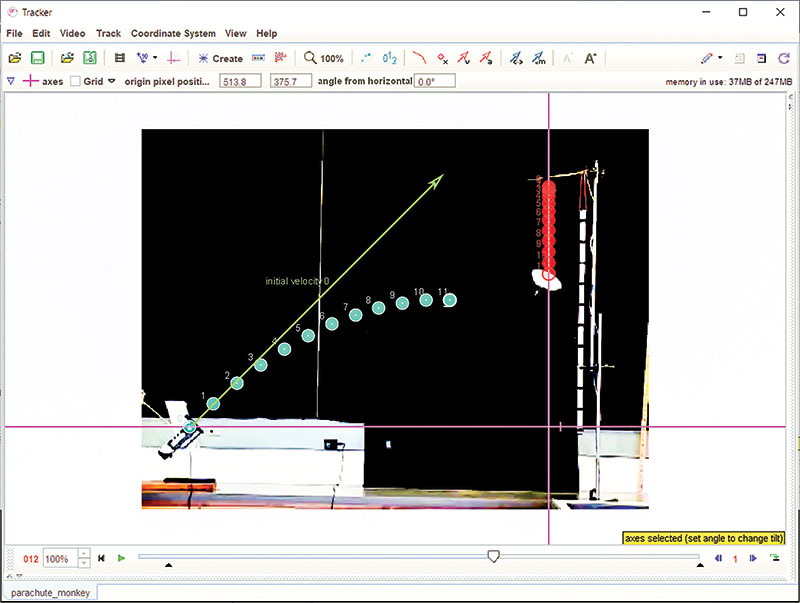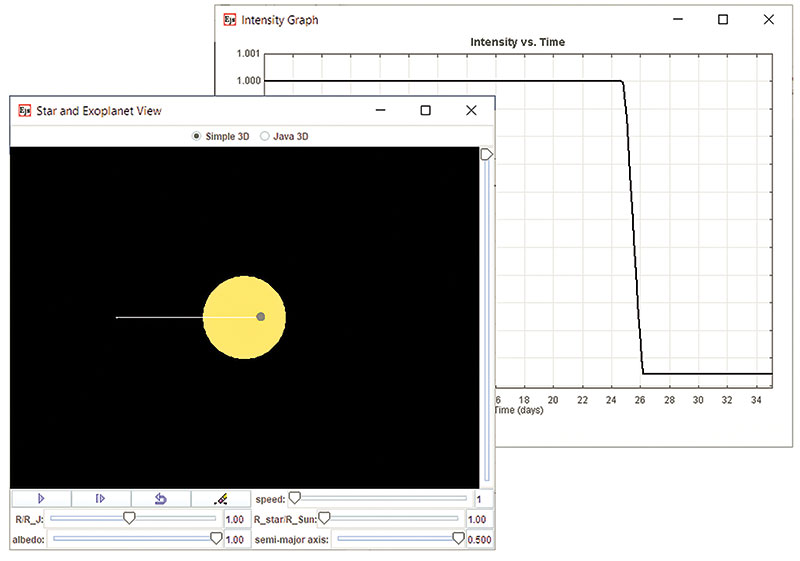Hands-On Physics—Online
Fall
2020
Singularities - Profiles in Physics
Hands-On Physics—Online
Years before iPhones, Facebook, and broadband internet, two physics professors at Davidson College in North Carolina—Wolfgang Christian and Mario Belloni—were developing interactive, web-based physics simulations. Their Java applets let students change the parameters of a physical system and see the impact almost immediately. Anyone could access them with any browser.
Operating systems, programming languages, and browsers evolved rapidly over the next 20 years, but so did the team of physicists and educators behind Open Source Physics (OSP). The OSP Collection now features more than 2,000 freely available simulations, tools, and curricular resources created by dozens of physicists and educators.
Last fall the American Physical Society awarded the 2020 Excellence in Physics Education Award to an 18-member OSP team led by Christian (the Principal Investigator) and Belloni in recognition of the team’s sustained work on computational physics education.
A Timely Honor
The year 2020 turned out to be especially fitting for honoring OSP. Traffic to the website doubled in mid-March, when many in-person physics classes went online due to the COVID-19 pandemic. Use of the Physlet Physics resources, a key component of OSP, increased by a factor of 3 to 5 in the months following the transition.
“I will be teaching a class on waves and relativity in the fall and can't begin to imagine how I would teach it without interactive simulations,” says Anne Cox, an OSP contributor and physics professor at Eckerd College. The concept of waves as a function of time and position is difficult to convey with a static image, but when students change the parameters and see the effect via simulation, “It makes all the difference,” she says.
Along with ready-to-use simulations on topics from astronomy to quantum physics, the collection includes several computing tools. OSP Tracker, a popular image and video analysis package developed by physics professor Doug Brown at Cabrillo College, has over a million users worldwide. The Easy Java Simulations (EJS) authoring and modeling tool, created by math professor Francisco Esquembre at the University of Murcia in Spain, has tens of thousands of users and is behind many OSP simulations.
The Third Way of Doing Physics
Most of the OSP simulations are ready to run and don’t require programming experience, although the source code is available under an open-source license. A subset of the collection is designed to help students dive deeper into the world of computational physics.
“To do physics nowadays you have to do computations,” says Jan Tobochnik, a physics professor at Kalamazoo College. Thinking algorithmically, modeling problems, writing simulations, and evaluating their output are invaluable skills in physics. Simulations can’t replace experiments or theory, says Harvey Gould, a physics professor at Clark University, but “They are a third way that’s equally important.”
Gould and Tobochnik have collaborated on computational physics curriculum for more than 35 years. In the early 2000s, they realized their resources needed to be Java-based to stay relevant. They reached out to Christian and, before long, OSP became a natural home for their curriculum on computer simulation methods. Like all of the OSP resources, it’s freely available online.
Engaging the Head, Hands, and Heart
Christian is retired from Davidson but still actively editing and developing OSP resources. He has created countless physics simulations, recreating many of them multiple times to keep up with changes in programming and browsers. By encouraging users to take and adapt what they need, Christian has enabled the collection to grow organically. He has welcomed new contributors while keeping the focus on engaging students and reducing barriers to access. And based on how he has seen the resources in use around the world, OSP is meeting a need.
Project-based computer programming involves a person’s cognitive, psychomotor, and affective domains of learning, Christian explains. Put more succinctly, it involves “the head, the hands, and the heart,” because students learn to think through problems by physically creating and manipulating code while working on a project they’re excited about. “It’s an ideal way to teach physics,” he says.



Get the Details
The OSP Collection is hosted by the AAPT ComPADRE Digital Library, a network of free online resource collections supporting faculty, students, and teachers in physics and astronomy education.
Browse the OSP Collection: compadre.org/osp.
Learn about the APS award: aps.org/programs/honors/prizes/education.cfm.
